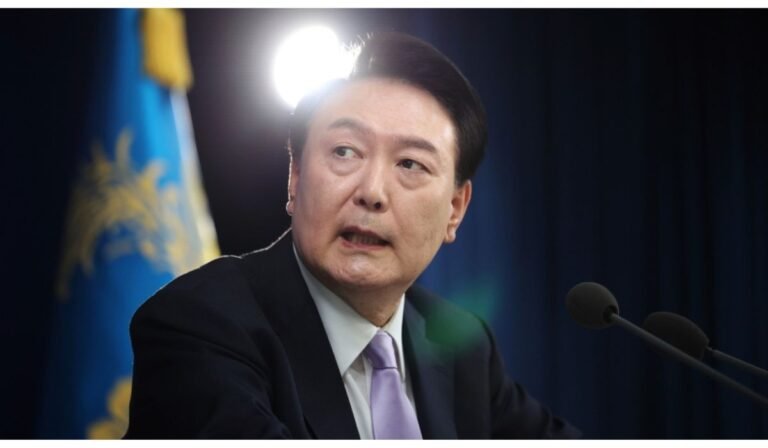WASHINGTON: Boeing and NASA quelled two technical issues on the company’s Starliner spacecraft, including a “design vulnerability” requiring a temporary workaround, to get the capsule back on track for its first mission carrying two astronauts to space, officials said on Friday.
Starliner’s debut crewed mission, a high-stakes test now planned for June 1, was derailed earlier this month by a small helium leak detected in its propulsion system hours before it was due to lift off from Florida. Over two weeks of extra scrutiny found that the leak poses no major risk to the astronauts, officials said.
“This is really not a safety of flight issue for ourselves, and we believe that we have a well-understood condition that we can manage,” Boeing’s Starliner boss Mark Nappi told reporters during a news conference.
Starliner’s inaugural crewed flight, carrying NASA astronauts Suni Williams and Butch Wilmore, serves as a crucial test mission. This step is essential for NASA to certify the spacecraft for regular trips to the International Space Station. Alongside SpaceX’s Crew Dragon, it marks a significant milestone in U.S. crewed spaceflight.
Boeing and NASA’s probe of the helium leak led engineers to uncover an additional issue in Starliner’s propulsion system that NASA’s commercial crew chief Steve Stich called a “design vulnerability.”
Modeling revealed rare issues that could disable Starliner’s backup thrusters mid-mission, jeopardizing safe Earth re-entry. A software patch addressed immediate concerns, prompting Boeing and NASA to consider long-term redesigns.
Moreover, this achievement reflects the culmination of years of research, development, and collaboration between NASA and Boeing.
Furthermore, the successful resolution of these technical challenges bodes well for the future of space exploration.
read more
image source








